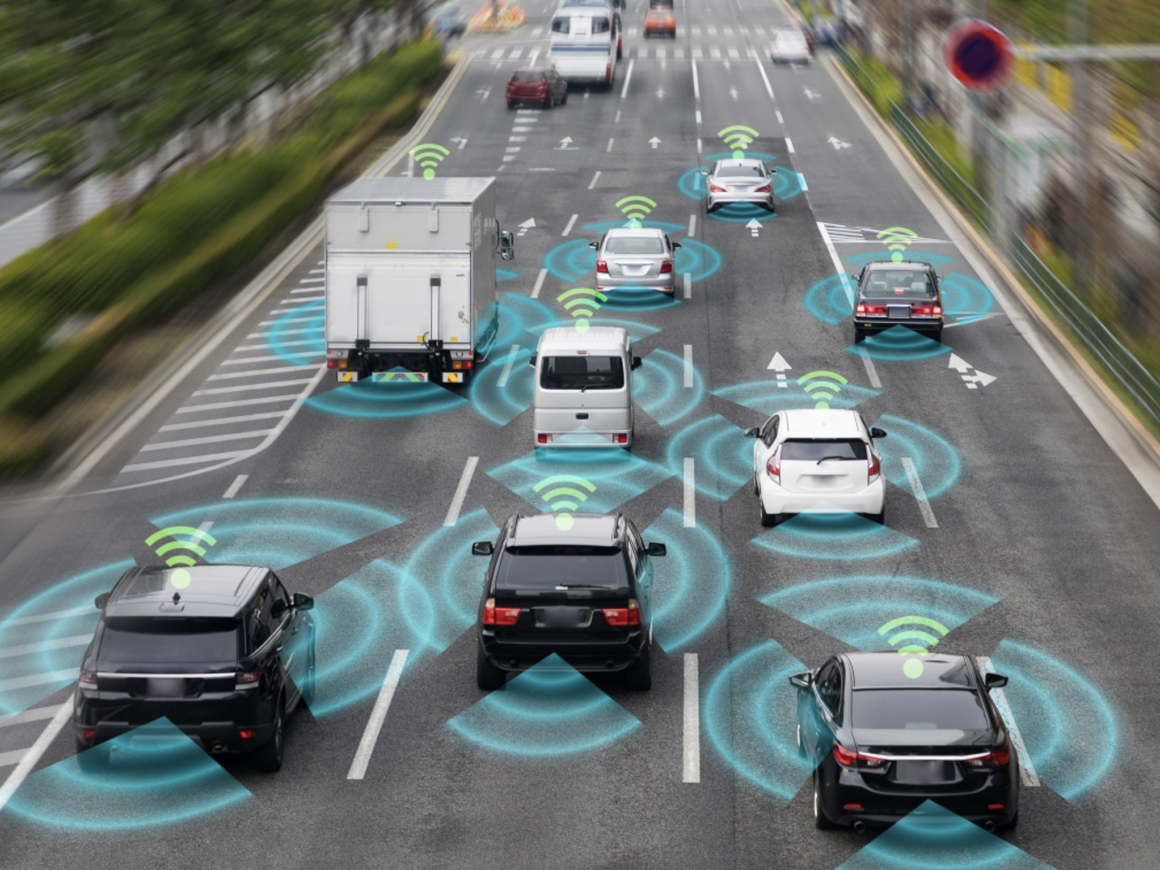On 26 July 2023, a notable stride in vehicle standardization was taken by China. The Ministry of Industry and Information Technology (MIIT) in collaboration with the Standardization Administration of China (SAC) unveiled the ‘Guidelines for the Construction of the National Internet of Vehicles Industry Standard System (Intelligent and Connected Vehicles) (2023 Version)’—in this article, we’ll refer to them simply as the “2023 Guidelines.” These guidelines are a pivotal piece in the grander puzzle of China’s Internet of Vehicles (IoV) standard systems.
But why is this release significant? How does it compare to its predecessors? And more importantly, what does it signal for the future of intelligent and connected vehicles in China? Let’s dive in.
Evolution of the Guidelines: A Comparison
One cannot understand the gravity of the 2023 Guidelines without juxtaposing it with its precursor—the 2018 version.
Structure and Enrichment:
At a high level, the new Guidelines have undergone a comprehensive revision. These revisions encompass five key chapters: general requirements, principles, the standard system, organizational and implementation mandates, and supplementary annexes.
What strikes immediately when comparing the 2023 version to the 2018 edition is its depth. The previous model only ventured into two categorical tiers. In contrast, the 2023 version introduces an added granularity, further breaking down items under the umbrella of “Generic Specifications” and “Product and Technology Applications.” This results in an unprecedented third tier, offering a more detailed categorization.
Refinements and Deletions:
The meticulous nature of the revision is further evidenced by deletions. For example, “Relevant Standards,” a prominent feature of the 2018 Guidelines, has been removed. Accompanying this omission are other key items that were previously nestled under this category, such as communication protocols and interface mechanisms.
A Glimpse into the ICV Standard System (2023 Version)
The depth doesn’t just stop at structural changes. The annexes of the Guidelines disclose that 53 standards are either launched, awaiting approval, or have been recently kickstarted as standardization projects. A staggering 92% of these are national standards. Moreover, 17 of these standards have been adapted from global norms, specifically from entities like ISO and the UN.
But here’s where the 2023 Guidelines take an intriguing turn. They introduce a novel feature—a distinct articulation of standardization priorities per category. Taking automobile chips as an example:
- Emphasis on technical specifications and testing methods for safety chips.
- Highlighting standards for intelligent driving computing chips.
- Detailed requirements for intelligent cockpit computing chips.
The Road Ahead: MIIT’s Action Plan
Understanding the Guidelines is just one half of the equation; the second is discerning MIIT’s game plan. Their strategy outlines:
- Championing Construction: MIIT seeks to actively champion the construction of the intelligent and connected vehicle standard system.
- Guidance: Continued oversight of the Intelligent Connected Vehicle Sub-standard Committee (SAC/TC114/SC34) along with pertinent entities.
- Standardization Focus: Prioritizing critical standardization arenas like cybersecurity, functional safety, and sophisticated operating systems.
- Global Collaboration: Engaging in the formulation and coordination of international standards and regulations.
- Implementation: Actively driving the implementation of key standards.
- Integrated Development: Aiming for seamless integration of new energy vehicles with domains such as intelligent transport, ICT, and smart urban development.
- Leveraging Standards: Harnessing the potential of these standards to spur China’s intelligent connected automobile industry’s growth.
In Conclusion
The release of the 2023 Guidelines signifies China’s unwavering commitment to fortify its intelligent and connected automobile sector. By offering a refined, detailed, and forward-looking framework, these guidelines pave the way for an era where vehicle connectivity isn’t just a luxury—it’s the standard. For industry watchers, stakeholders, and automobile enthusiasts, China’s journey in this domain promises to be a riveting ride.
Read also:
Automotive Industry: Quo Vadis?
Autonomous Driving: The World is Not Flat!
EV Disruption in the Automotive Industry in Germany
Based on an inspiring conversation with OpenAI






